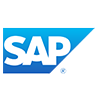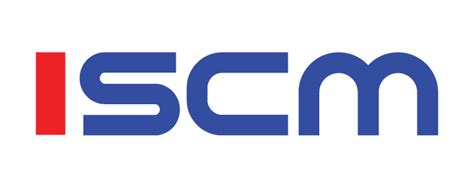Product Lifecycle Management (PLM) Software Services
Product lifecycle management (PLM) is an information management system that can integrate data, processes, business systems and, ultimately, people in an extended enterprise.

Overview :-
Product lifecycle management (PLM) is the system of strategic processes employed to reduce the cost of getting a product to market, efficiently scale to meet market demand, extend the duration of the profitable years of your product's maturity and continue maximum profitability as product sales begin to decline. Effective product lifecycle management depends upon collaboration among supply chain team members and facilitates the sharing of data oftentimes across design, quality, manufacturing and business systems.
Other key elements of a product lifecycle management system are product data collection, communication and management of product development issues to improve product design processes. Strong PLM processes enable teams to collaborate in defining the product, managing its development and ensuring that the product meets compliance standards.




